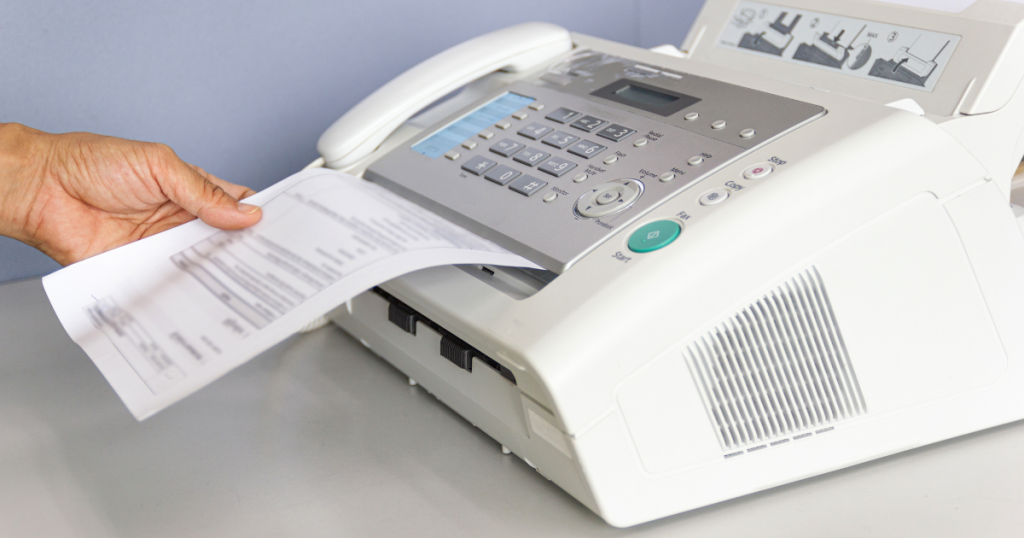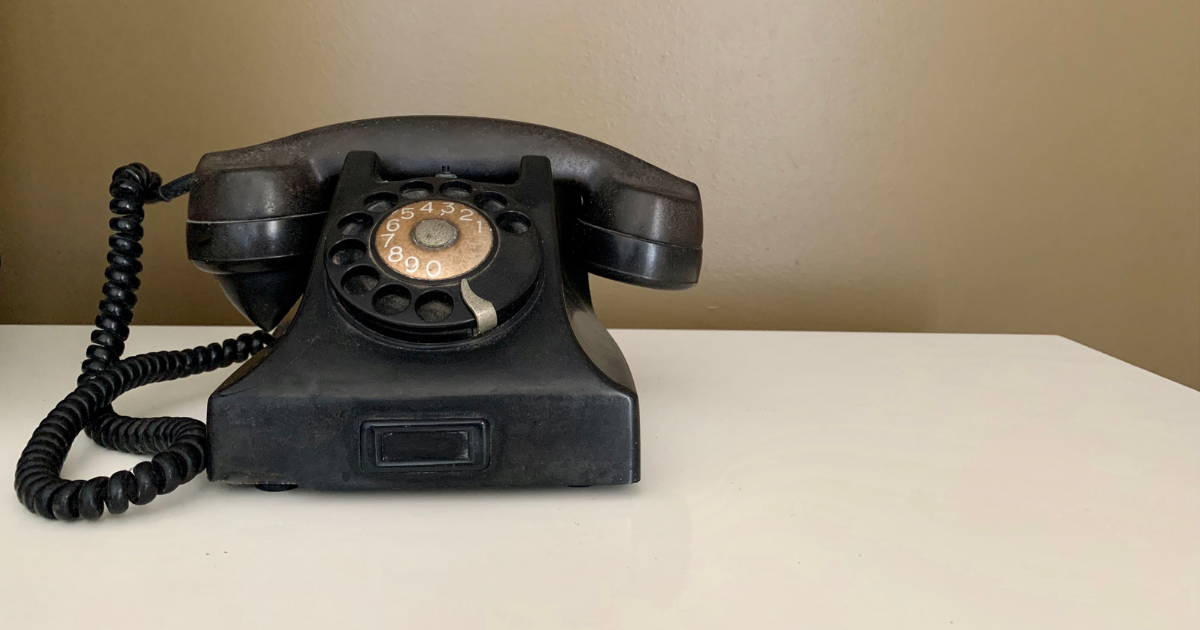As a species, we have always had means of communicating with one another. We have used smoke signals, drums, handkerchiefs, flags, cannons, pigeons, telegraphs or more famously morse code! Each development in our communication as a society should be celebrated, which is why we don’t want you to miss that you are living through actual history with the move from analogue landlines to VoIP! So, what is VoIP and how did we get here today?
What is VoIP?
VoIP stands for Voice over Internet Protocol. Essentially, you can transfer voice and data over the internet. Whilst in today’s day and age this is already available on a personal level, VoIP is now set to become the norm in how businesses communicate with one another and with their customers. As there are essentially no limits to VoIP usage, businesses can communicate far faster and for much less. Initially VoIP originated using traditional phone systems or landlines but now offers a standalone range of features and benefits which handsets are unable to keep pace with. You can utilise call forwarding, create and host conference calls, voicemail to email transcription as well as retaining and recording calls for later use!
So where did VoIP come from?
In order to answer this, we need to go back to 1876. Prior to this, all methods of communications are classified as pre-electrical. In 1876, the first electrical telephone call took place between co-inventors Alexander Graham Bell and Thomas A Watson in Boston, USA on the 10th March 1876. Watson also added the first microphone to the device, eliminating the need to shout! This gave rise to an influx of new electrical communications we know today including the Electric Telegraph, Cable, Broadcasting, Satellites, Faxing, Computers, Mobile Phones, Landline Phones, Ethernet, and of course the Internet itself!

As the internet as we know it today did not become widespread in use until 1997, VoIP actually predates this. The first instance of VoIP occurred in 1973 where a voice ‘packet’ was transmitted in a predecessor of the world wide web which launched in 1989. 1989 was a big year for technology, with the first company to bring us VoIP technology succeeded. VocalTel Communications, Incwas founded by Alon Cohen and Lior Haramaty and also later introduced the first mobile phone to use the internet to transmit voice messages in 1995, although portable telephones had been in circulation for some time, and the first ‘mobile’ phone in terms of size as we know it was launched in 1992.
However, VoIP as we know it was also a culmination of other telephone technologies. In the 1960s, the first Private Branch Exchange System (PBX) was introduced which allowed businesses to have internal phone networks that could be used via handsets and extension numbers. As with traditional landlines, handsets required a physical connection to a company’s network which were a lot slower and expensive. You would be charged for minutes used, for international calls and the length. This often meant that the number of calls that could be made and the duration were restricted by telephone networks. The Integrated Services Digital Network (ISDN) completely shifted this, allowing for multiple calls to be made simultaneously. Of course, the infrastructure required to be built to support this often led to large installation costs and additional equipment. In the 1970s, superconductors were introduced to phone lines which replaced the need for humans to operate a switchboard to connect your call. Both developments paved the way for VoIP both in terms of concept and infrastructure. The PBX system created the first automated switchboard with superconductors, which created extension dialling, call transfers and call forwarding which comprises part of VoIP technology today.
Other technologies
Of course, all great new technology draws inspiration from a number of sources, and VoIP is no exception. VoIP also drew ideas from Time Division Multiplexing systems (TDM) which came shortly before the world wide web. Essentially, TDM is a method of taking multiple streams of data streams into a single signal by segmenting the data. In more practical application, this allowed businesses to add hold music, create even more phone lines. This did however have drawbacks as TDM operated using computer technology including a central processing unit (CPU), random-access memory (RAM) and an operating system (OS). Previous telephone lines before this were run on an analogue system, and to use TDM you needed a digital system. Businesses needed to purchase TDM compatible replacements which only offered 16 call lines. Whilst this was a great business move for TDM providers, it meant that if you needed 17 phone lines, you would either have to pay double or one member of staff would need to share an extension.
So how does VoIP work?
Where TDM met the internet was the creation of the VoIP system. With the introduction of the internet, VoIP systems would take analogue phone calls and transform them into digital signals. The digital signals were then turned into Internet Protocol (IP) packets, which were then converted back to telephone signals and received by the receiving telephone.

Today, VoIP systems are even cheaper than they were back then, and now unite voice and data networks for a smoother customer experience. You can now also use text messaging, voicemail to email and long-distance calls internationally using the internet – no more need for an international tariff! Today, VoIP is based using cloud hosting, making it more secure, less dependent on infrastructure and accessible to all.
Are you ready for the VoIP switchover? If not, The One Solution can help. Find out what we can do to scale your business here.







